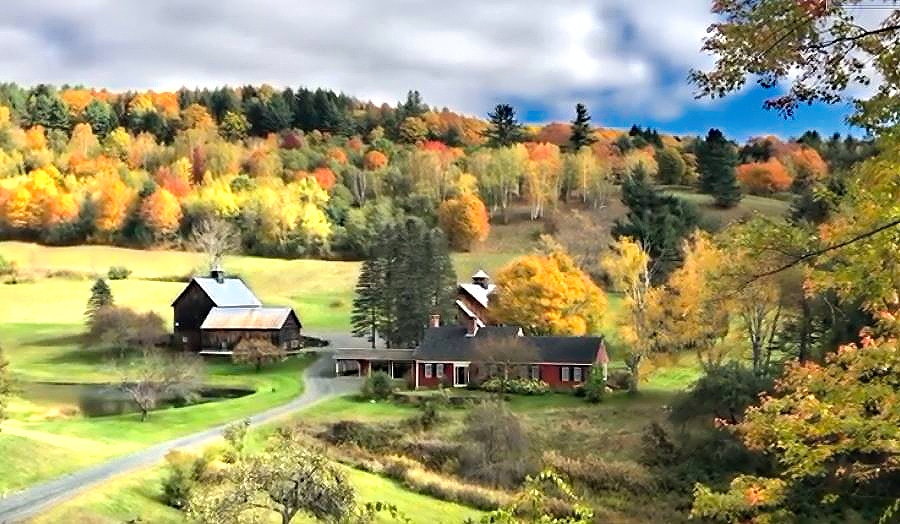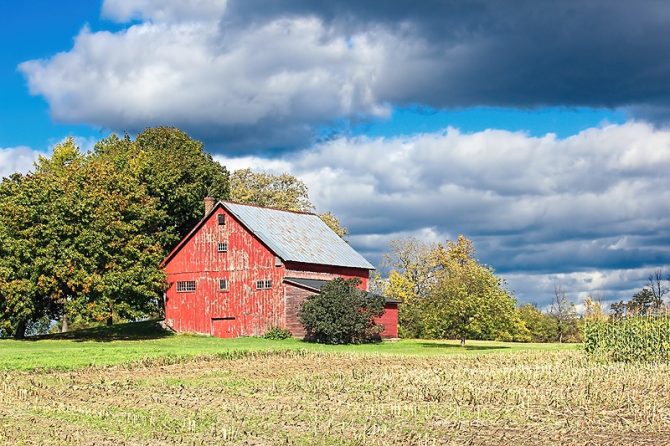This fall foliage tour of Vermont features scenes from the Northeast Kingdom, Woodstock, Charlotte, Shelburne, Underhill Center and more. Any time of year is a good time to visit Vermont but autumn is extra special!
Why do leaves change color in Vermont?
Leaves change color in Vermont, and in other places around the world, in the fall for a variety of reasons. One reason is that as the days become shorter and the temperatures begin to cool, trees stop producing chlorophyll, the pigment that gives leaves their green color. Without chlorophyll, the other pigments in the leaves, such as carotenoids (which give leaves their yellow color) and anthocyanins (which give leaves their red, purple, and orange colors), become more visible.
Another reason for the change in leaf color is that trees may be responding to environmental stress, such as a lack of water or a change in temperature. These stressors can cause the breakdown of pigments in the leaves, leading to the development of different colors.
Finally, the change in leaf color can also be a way for trees to prepare for winter. Some trees will lose their leaves in the fall as a way to conserve energy and resources during the colder months. The colorful leaves are a sign that the tree is starting to shut down for the winter and is no longer actively growing.
Here is another fall foliage video with Vermont scenes from around the state, including Burke, South Hero, Orwell, Burlington, Underhill and with a particular focus on Shelburne Museum, which is definitely a favorite.
Thank you for reading this post, don't forget to subscribe to our email list for the latest news!





